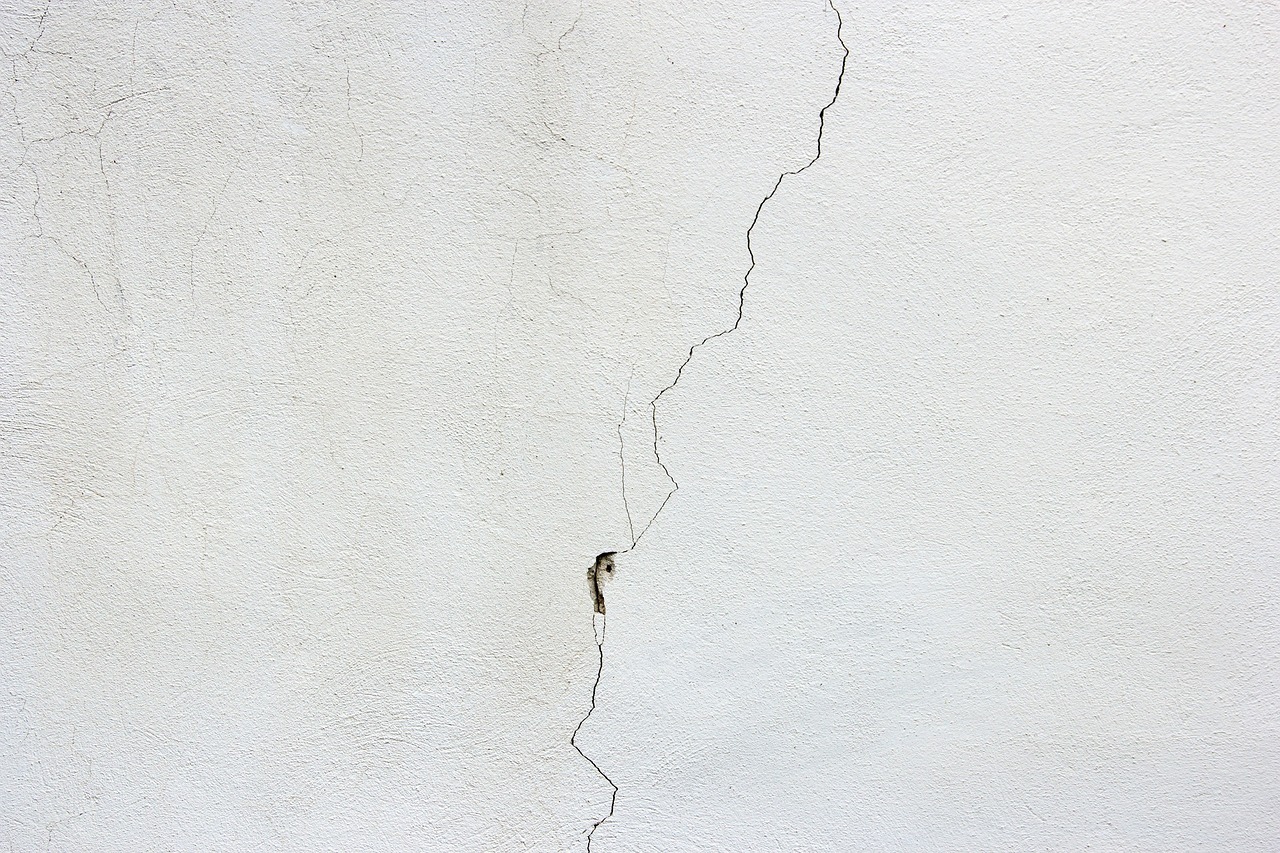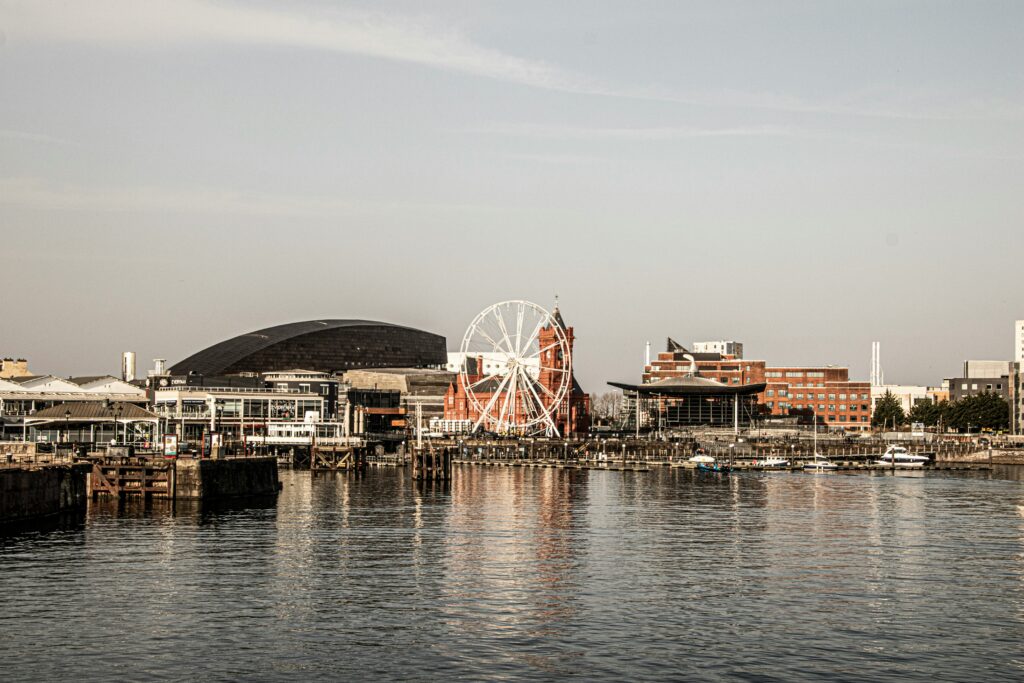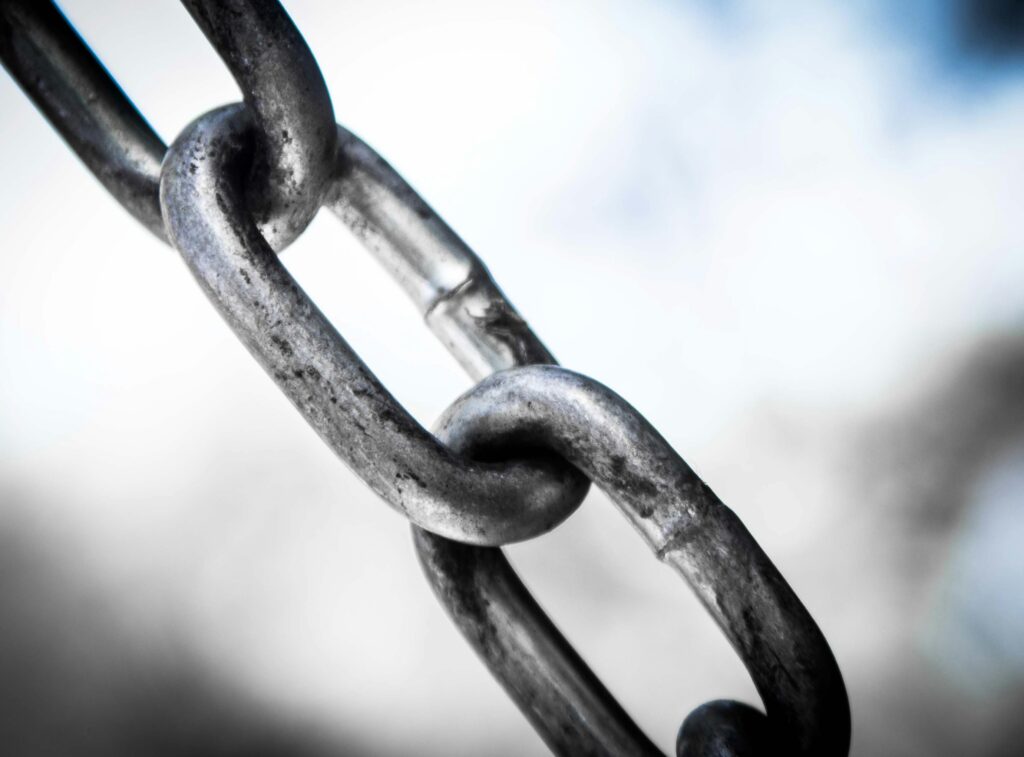
How Much Does Subsidence Devalue A Property?
Estimated reading time 7 minutes
What is subsidence?
Subsidence is a concern that can worry any homeowner. It refers to a shift in the stability of their property’s foundations due to alterations in the ground below. This phenomenon can manifest as structural damage, evidenced by cracks in the building’s walls and floors. So what implications does this have for homeowners, especially those who want to sell a house fast, or for prospective buyers eyeing such properties? In our latest blog post, SellHouseFast.co.uk, delves into the intricacies of managing subsidence issues during the sale or purchase of a home.
What makes a property subside?
Subsidence in property occurs when the ground supporting the building’s foundations loses stability, leading to the structure sinking or settling. Various factors can trigger this condition, including the drying and shrinking of clay soils that fluctuate in volume with moisture changes, compromising stability. Broken drains or pipes can cause soil erosion or softening, which also weaken ground stability.
Furthermore, large trees and vegetation can deplete the soil’s moisture content, causing shrinkage and impacting the building’s support. Past mining activities may also leave behind underground cavities that, upon collapsing, cause the surface land to settle into these gaps. Additionally, properties built with inferior construction techniques or materials may be more susceptible to subsidence, lacking the necessary support or flexibility to adjust to shifts in ground conditions. To safeguard the integrity and value of a property affected by subsidence, it’s vital to consult a qualified surveyor at the first sign of such issues.
How much does historical subsidence devalue a property?
The impact of historical subsidence on a property’s value can vary significantly, depending on the severity of the subsidence, the effectiveness of any remedial work undertaken, and the current stability of the property. Generally, historical subsidence can lead to a devaluation of the property because it introduces uncertainty about the structural integrity and future safety of the building. Buyers may perceive such properties as higher risk, which can lead to lower offers. The exact amount of devaluation can range widely; in some cases, it might significantly reduce the property’s value. The key to mitigating this devaluation lies in thorough documentation of the subsidence issue, evidence of professional remediation, and assurance of the property’s current stability.
Is it possible to sell a house with subsidence?
Yes, selling a property with subsidence is feasible, but it comes with several critical considerations. Honesty is paramount; it’s not only legally obligatory to inform potential buyers about the subsidence, but this approach also fosters trust. It’s essential to provide comprehensive details regarding the subsidence’s severity, any investigations undertaken, and corrective measures implemented.
Challenges in selling a house with subsidence
Economic implications. A primary concern when selling a house with subsidence is its effect on the property’s value. Subsidence can drastically reduce a home’s market value, detracting from its appeal as an investment. The expenses involved in rectifying subsidence, such as foundation underpinning, are not only high but also disruptive. Prospective buyers need to consider the purchase price as well as the potential costs of necessary repairs, which can be unpredictable in both scope and expense.
Insurance difficulties
Obtaining insurance for a property with a history of subsidence presents another significant challenge. Insurers may be reluctant to provide coverage for such properties, or they might offer policies at elevated premiums with substantial excesses. This situation can make it harder and more costly for homeowners to safeguard their investment. Sometimes, the possibility of obtaining insurance hinges on completing specific corrective actions, further increasing the buyer’s financial strain.
Legal and surveying requirements
Conducting a comprehensive survey is crucial when contemplating the purchase of a house with subsidence. The complex nature of subsidence issues means standard property surveys might not be adequate. Buyers may need to invest in more detailed structural surveys and geological assessments to grasp the full extent of the issue. This not only increases initial expenses but also demands expertise to accurately interpret the results. Legal counsel is also vital to manage potential liabilities and negotiate any necessary disclosures or warranties from the seller.
Ongoing upkeep and surveillance
Addressing the immediate issues of subsidence often necessitates continued maintenance and monitoring to prevent recurrence. This may involve regular inspections of the property’s foundations, managing nearby vegetation, and ensuring drainage systems are maintained to avoid water damage to the ground. These ongoing responsibilities can be both time-consuming and expensive, requiring a long-term commitment from the homeowner.
Effects on future resale value and attractiveness
The stigma associated with subsidence can also impact the property’s future resale value and attractiveness. Even if the subsidence has been fully resolved, the property’s history can deter potential buyers, limiting the number of interested parties and possibly lowering the sale price. This situation can render the property less liquid, making it harder for homeowners to sell quickly or at their preferred price in the future.
Emotional and psychological impact
Beyond financial and practical concerns, purchasing a house with subsidence can also exert an emotional toll. The disruption from repair works, the need for constant vigilance for signs of further movement, and concerns about the home’s safety and stability can all adversely affect life quality.
Considerations for buying a house with subsidence
While acquiring a house with subsidence might appear as an opportunity to secure a property at a reduced price, the numerous challenges associated with such a purchase warrant careful thought. Key points to consider include:
1. Recurring costs. Repairing subsidence can be costly, with the constant risk of further movement.
2. Insurance difficulties. Securing insurance for a property with a history of subsidence can be challenging and expensive.
3. Resale value. A history of subsidence can influence future resale value and appeal.
4. Mortgage acquisition difficulties. Buyers may struggle to obtain a mortgage on a property with subsidence, narrowing your pool of potential buyers to those who are cash buyers or have alternative financing options.
What are the benefits of using SellHouseFast.co.uk?
Selling your subsidence house swiftly
For those aiming to sell their house quickly despite subsidence issues, SellHouseFast.co.uk provides a viable solution. As cash house buyers, we buy any house in any condition, including those affected by subsidence. This enables you to sell your house fast, bypassing the need for extensive repairs or the uncertainties of the open market.
Expert valuation
There’s no substitute for decades worth of property experience. Our in-depth market knowledge ensures you get an accurate valuation, helping you make informed decisions about your property’s worth. This empowers you to set realistic expectations and achieve the best possible price.
Fast and flexible
Selling your home shouldn’t be a long, drawn out endurance test. SellHouseFast is a recognised cash house buyer that offers a speedy, flexible process, letting you move on with your life without delay. Whether you’re facing a broken chain, relocation or financial pressures, we offer a swift and efficient solution. Subsidence or no subsidence we can help!


